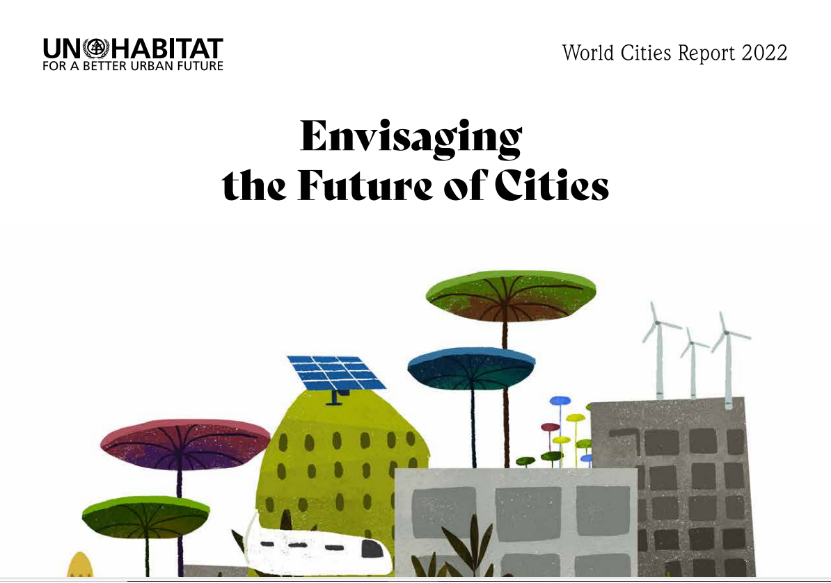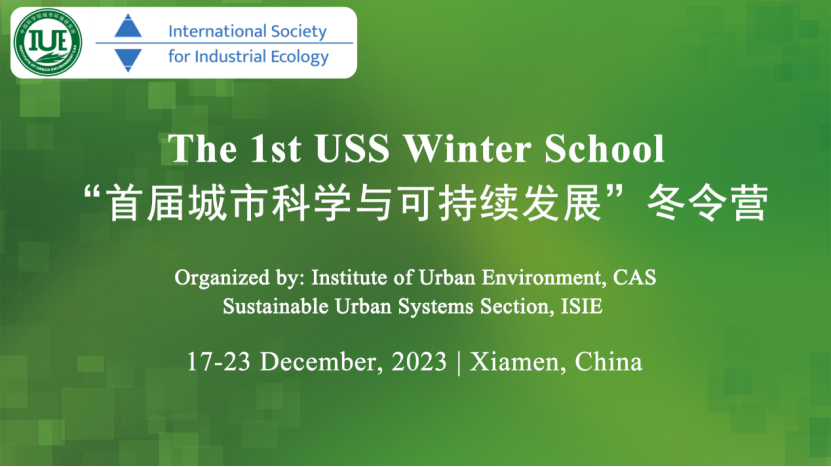Explaining, Simulating and Inventing the Future City
Michael Batty
16:00-18:00, Jan 05 2022, CST; 08:00-10:00, Jan 05 2022, GMT
Slides and Videofor the presentation.
Prof Michael Batty is Bartlett Professor of Planning at University College London. He is Chair of the Centre for Advanced Spatial Analysis (CASA) and a Turing Fellow in the Alan Turing Institute. He was Professor of Town Planning at the University of Wales in Cardiff in the 1980s, Director of the NCGIA at SUNY-Buffalo in the early 1990s before he set up CASA at UCL in 1995. He has worked on computer models of cities and their visualisation since the 1970s and his recent publications Cities and Complexity (2005), The New Science of Cities (2013), Inventing Future Cities (2018), all published by The MIT Press, and the edited book Urban Informatics (Springer 2021) reflect this focus on the applications of digital technologies to urban planning. He is a Fellow of the British Academy (FBA), the Royal Society (FRS) and the Academy of Social Science (FAcSS) and was awarded the CBE in the Queen’s Birthday Honours List in 2004.
Abstract
The development of urban science over the last half century has been quite slow but it has been changing rapidly over the last 20 years largely due to the emergence of new sources of data, many of them streamed in real time as computers become ever faster and smaller and as they have become embedded into the fabric of the city itself. This is adding dramatically to the complexity of cities and it is changing our theoretical perspectives on what constitutes a good science. Moreover the whole notion of whether ot not we can predict, how we can predict, and how we can use our formalised understanding of the city to think about its future has come under scrutiny in the last 10 years. The pandemic itself represents a once in a life time event that was entirely unpredictable in its timing and occurrence and is likely to change the shape of our cities, where we locate, and how travel. In this talk I will outline these theoretical issues and then illustrate them with four examples: short term predictive models involving transit and real-timed streamed data, examples of temporary location that emerge from new data such as Airbnb, ideas about building models near to the data, and examples of traditional long term predictive models useful for ‘what if’ impact analysis. This array of examples will help us to illustrate the dilemmas we face in using models to make forecasts about the future of our cities in an uncertain and volatile world.
References:https://item.jd.com/12585847.html and https://e.jd.com/30557969.html
Questions from the chat box which were not discussed during the lecture:
1. Can the professor give some suggestions on how the coal urban city development with the city history value?I am not sure what this question is asking – is it that as cities develop they generate environments that we adjust to and want to preserve? Everything looks better when we look back and a lot of city planning is about trying to retain these values of past life. There is a contraction here of course and that is that we often assumes things were better in the past, we would say ‘in the old days’ but they may not be.
2. Thank you very much, Prof. Batty. What do you think is the relationship between the models and the new science of cities?Well models are essentially to give some focus on how complex systems like cities actually work. In this sense, models are very closely related to the new science of cities but models depend on theories so the new science of cities is as much if not more about theory – about how urban economies work, how transportation and energy flow and so on. So models are built on theories and physical theories of city shape and form lead to the new science.
3. What will the city look like in 10 years or 50 years?Well when you look back 10 years and then 50 years, we tend to think that cities are similar to now – but of course they change a lot in terms of transport and how we locate and move – technology changes. So there is continuity but there is also abruptness of transition. In ten years time at one level cities will not look that different – the central business district may change due to decentralization and there will be more internet activity – in 50 years however then there may be very profound changes due to climate change as well as automation/autonomy – in terms of transport. The future is very uncertain in this sense, and we must always prepare for very great changes.
4. Hi, prof. Michael, thank you for your report, but how does demographic change affect urban innovation?Well as we get older and as society is aging then the priorities about how cities are structured in terms of housing and work will change. An aging society is possibly less innovative. But at the same time it is likely to be wiser, so it is more likely that cultural change affects innovative rather than demographic change. In general though a younger society is more innovative and as some of biggest cities are dominated by young people, then to an extent this implies that they are more innovative.
5. What do you think about the urban planning or urban planning system? or how to make the urban planning?Urban planning exists at many levels and is central to realising the sustainable development goals defined by the UN. The high frequency and low frequency cities – how cities change and functions over short terms compared to how they evolve over the long term of many years - have enriched different processes of planning.
Recent Publications
1. Spooner, F., Abrams, J. F., Morrissey, K., Shaddick, G., Batty, M., Milton, R., ... & Birkin, M. (2021). A dynamic microsimulation model for epidemics. Social Science & Medicine, 114461.
2. Batty, M., & Milton, R. (2021). A new framework for very large-scale urban modelling. Urban Studies, 0042098020982252.
3. Shabrina, Z., Arcaute, E., & Batty, M. (2021). Airbnb and its potential impact on the London housing market. Urban Studies, 0042098020970865.
4. Batty, M. (2021). Defining urban science. Urban Informatics, 15.
5. Raimbault, J., & Batty, M. (2021). Estimating public transport congestion in UK urban areas with open transport models. arXiv preprint arXiv:2104.14359.
6. Giannotti, M., Barros, J., Tomasiello, D. B., Smith, D., Pizzol, B., Santos, B. M., ... & Batty, M. (2021). Inequalities in transit accessibility: Contributions from a comparative study between Global South and North metropolitan regions. Cities, 109, 103016.



